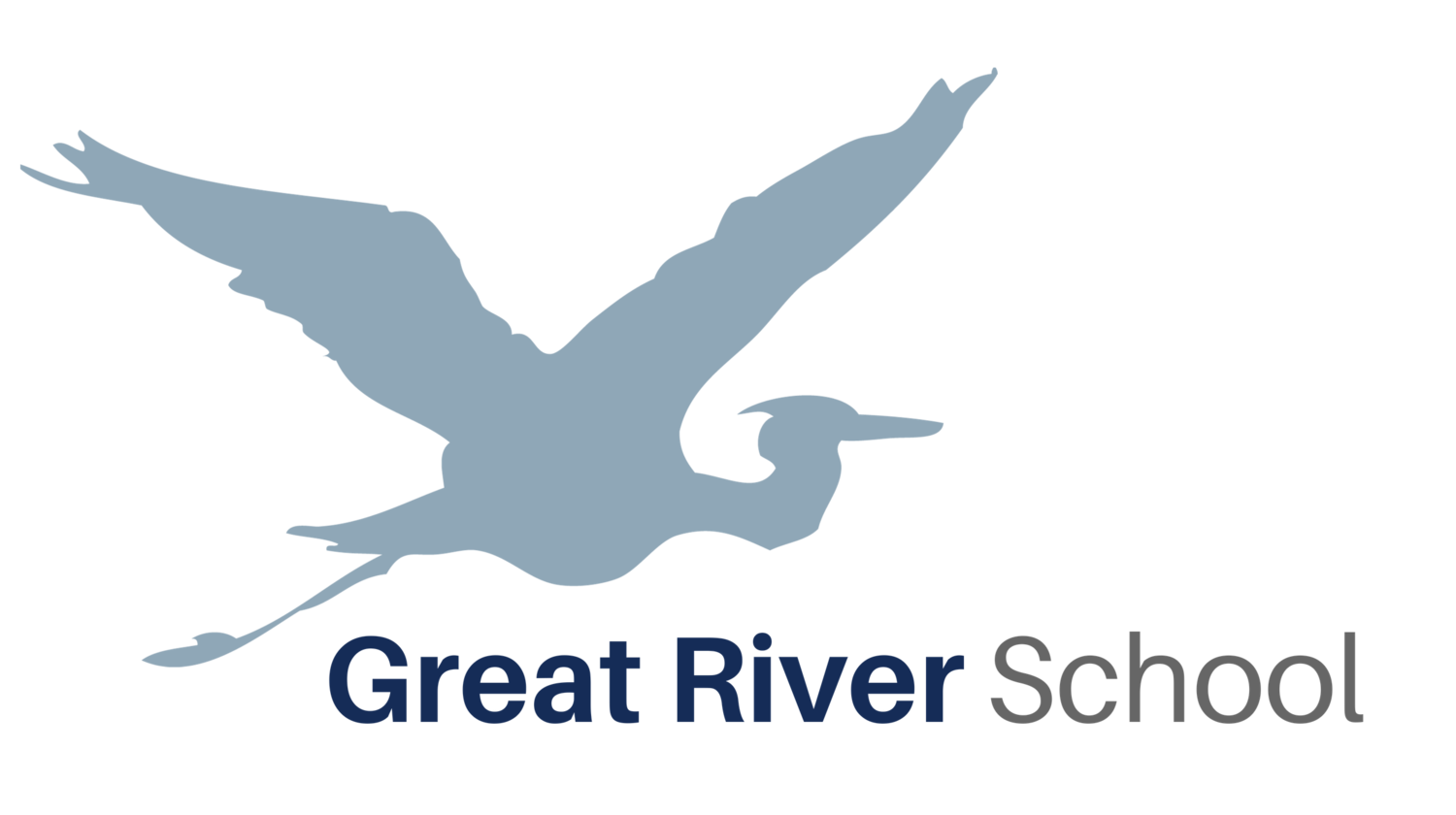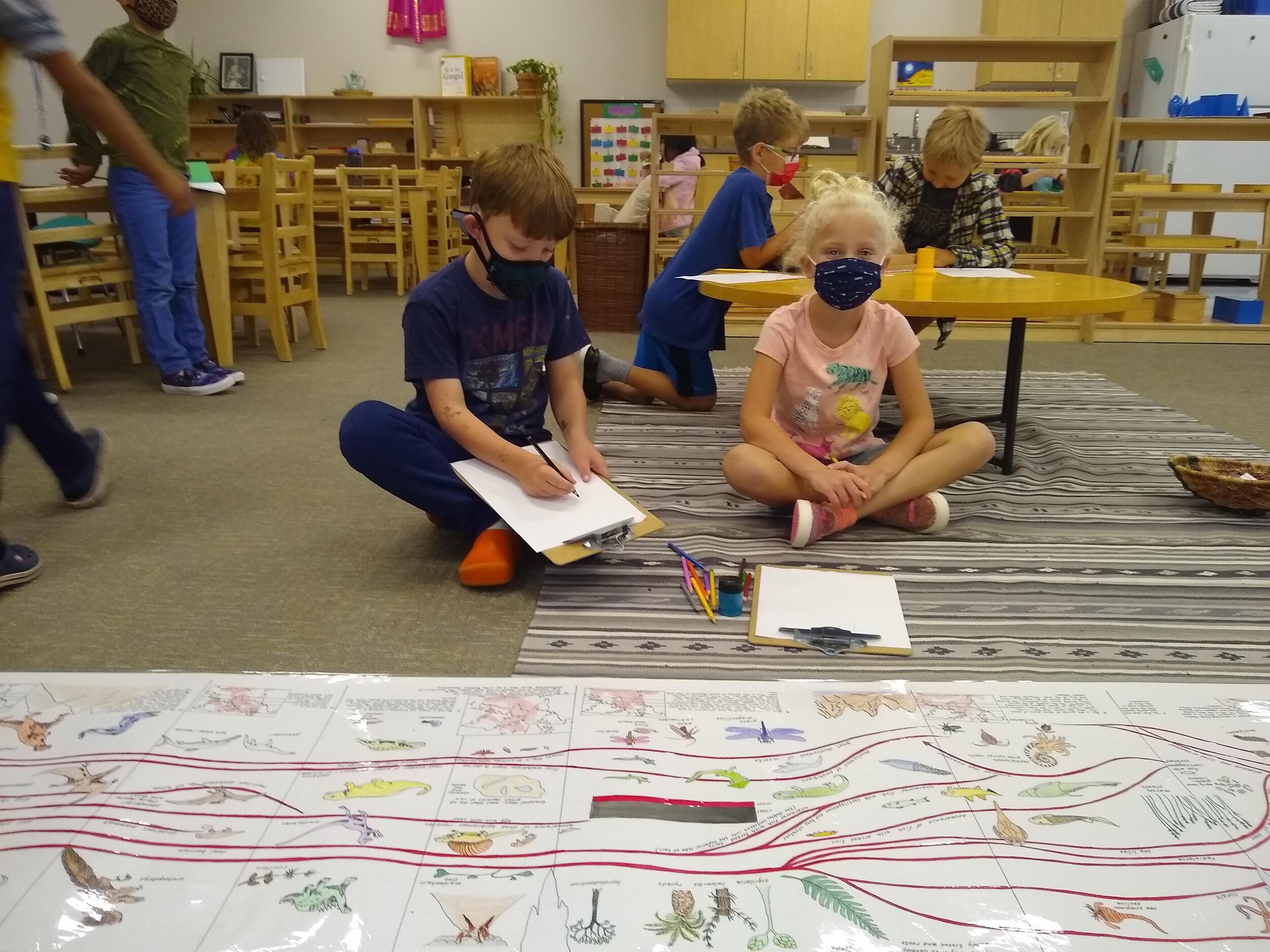written by Craig Asche, Blue Earth guide
This is part of a series on the five Great Lessons in our newsletters. Follow this link for last month’s telling of the Lessons by Rachel Cupps, Minnehaha Creek guide.
The five Great Lessons, first heard each year in Lower Elementary, continue to be retold each year in Upper Elementary with a deeper dive and more opportunities for students to integrate their studies back to these five cosmic stories: Coming of the Universe, Coming of Life, Coming of Humans, Story of Writing, and Story of Numbers.
Dr. Montessori once referred to the universe as a ‘mathematical universe.’ Observing Upper Elementary students transform their understanding of themselves and the universe by applying and integrating their Montessori math studies back to the Coming of the Universe story explains why.
Hearing the Coming of the Universe story again, the Upper Elementary students often ask big questions, like:
“How can roughly 98% of all matter in the universe be the manifestation of the kinetic and potential energy of incredibly minute quarks spinning near the speed of light, and is my mass mostly made up of quark energy?”
“If quarks have a positive or negative charge and if three quarks make up a proton and three quarks make up a neutron, why do protons have a positive charge and neutrons have a neutral charge?”
“If the moon was smaller or larger, would it keep its orbit around the Earth?”
“Why do planets have their specific orbits around the sun, and why do some orbit the sun faster than others?”
The Montessori math work that the Upper Elementary students do in arithmetic, geometry, and algebra reconnects them with the ‘mathematical universe’ and answers these questions. Seeing students integrate their knowledge of square root; velocity; geometry of circles, ellipses, and spheres; powers; ratios and canceling units of measurement - all concepts that they discover working with Montessori materials - to determine the orbital velocity of satellites (both natural and human-made) and to understand how the universe creates systems of such amazing balance is... amazing!
Look out for some more amazing discoveries of the ‘mathematical universe’ by your children. They are in the ‘mathematical universe,’ and the ‘mathematical universe’ is in them.





















































